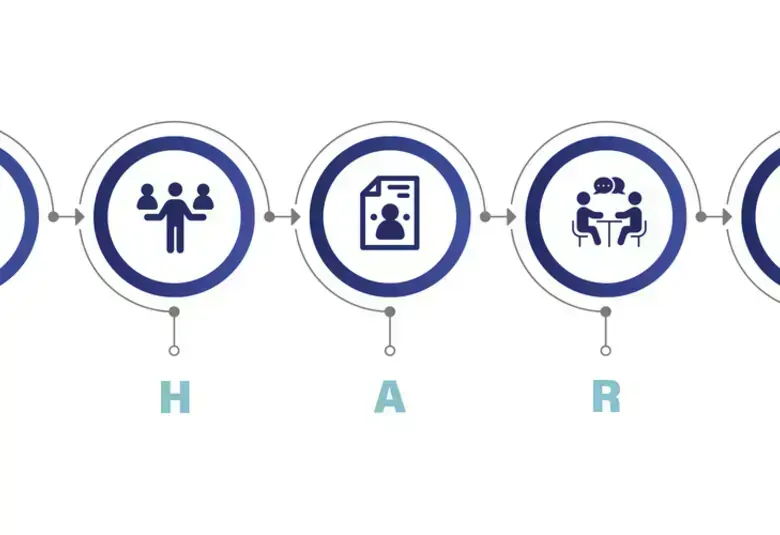Patient-reported outcomes (PROs) are increasingly important for regulators. However, the European Medicines Agency and the US Food and Drug Administration have different requirements. Meanwhile, Health Technology Assessment (HTA) bodies vary in the PRO guidance they provide to industry and in their use of PROs. As new technologies facilitate the collection of increasing quantities of PRO data, a sound PRO strategy is needed to address the lack of guidance and inconsistencies, said experts at ISPOR Europe 2018.
PROs reflect patients’ experiences of their illness and treatment
Patients’ experiences of their illness and treatment — both how they feel and how they function — are captured by PRO tools. The outcomes measured include health-related quality of life (HRQoL); patient satisfaction with treatment and healthcare delivery; physical, psychological and social functioning; signs and symptoms; and treatment adherence, said Anke van Engen, Senior Principal at IQVIA.
PRO data are not yet impacting many HTA decisions
The use of PRO data varies across therapy areas, Anke said. For example, they have been used for 70%, 48%, and 27% of oncology, rare disease, and diabetes submissions, respectively.1
The demand for patient-reported endpoints might be more relevant today when treating oncology and rare diseases, Anke explained, as oncology is associated with an appreciable HRQoL and adverse effect burden and difficulty in achieving hard endpoints.
Between 2011 and 2016, 70–80% of submissions for oncology drugs to HTA bodies in England, Scotland and Germany included PRO data, added Anke. However, the submitted PRO data did not impact HTA decision-making except in Germany, where the data were a decision driver for 40% of submissions.1
Inconsistent HTA PRO guidance for industry
HTA guidance is not consistent enough for industry to be able to implement it, said Stefan Holmstrom, Senior Director at Astellas.
It is challenging to convince HTA bodies of patient-reported improvements
He highlighted an example submission for which the acceptance and critique of the submitted PRO data varied by HTA body and often not clearly assessed. Convincing HTA bodies of patient-reported improvements is challenging, said Stefan. He noted, however, that industry could present PRO evidence in a more user-friendly format. For example, a total score can be confusing and hard to interpret, whereas an item-level analysis can demonstrate where patients are performing well or are deteriorating.
PROs are not consistently included as endpoints in clinical trials and data collection may be inadequate, said Professor Kristensen, University of Southern Denmark. EUnetHTA is therefore developing a joint position for the development and validation of PROs to provide more consistency and guidance for collecting PRO data and for its inclusion in HTA submissions.
PRO guidance is available in Germany but not in France or the UK
At present, the Haute Autorité de Santé (HAS) in France, the National Institute for Health and Care Excellence (NICE) in the UK, and the Scottish Medicines Consortium provide no published PRO guidance. Although HAS recognizes the benefit of Health-Related Quality of Life (HRQoL), HRQoL would only have a minor impact on its decisions, said Stefan; and NICE and the Scottish Medicines Consortium currently prefer the EQ-5D as a utility measure for cost-effectiveness.
In contrast, PRO guidance is available in Germany and specific criteria are used in HTA to assess PRO evidence, which can be highly influential in their decision-making process.




